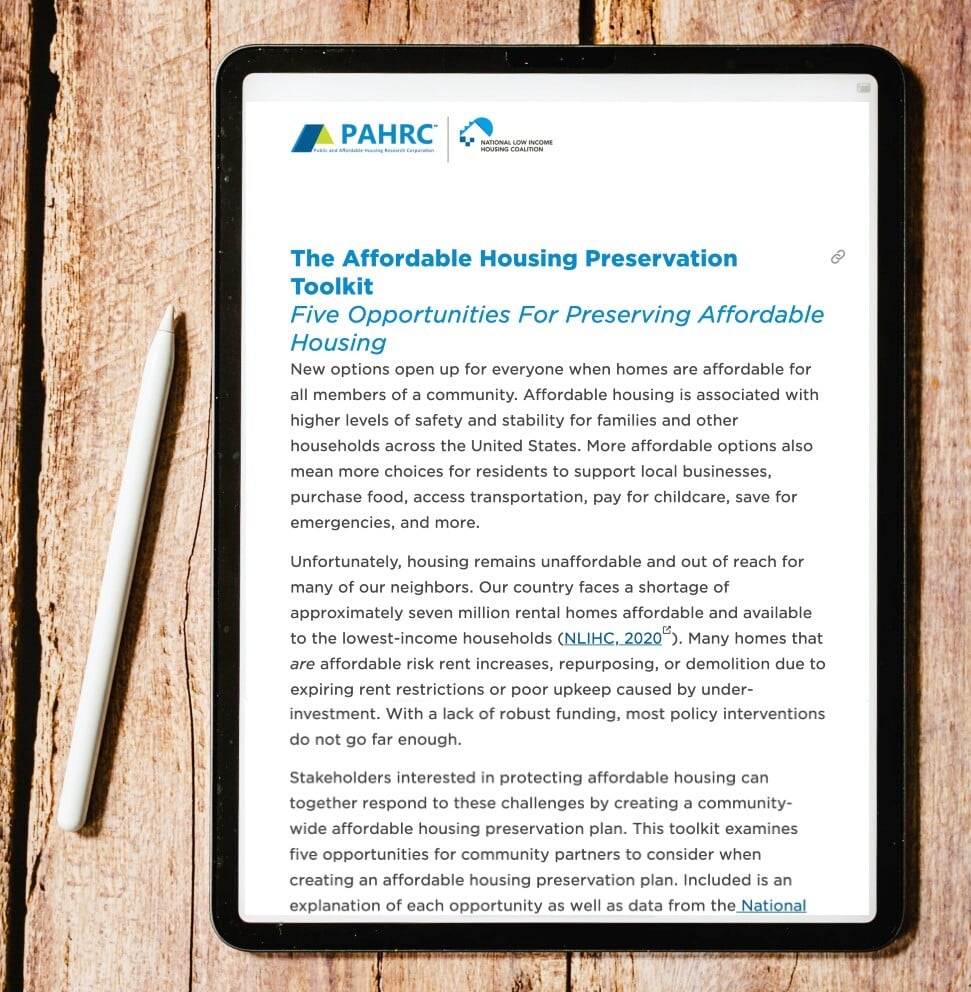Every Child Thrives With A Safe Place to Play: Introducing the Playspace Partnership Assessment
How KABOOM! and MySidewalk are using data to end playspace inequity in the United States.
Playtime is a critical part of every child’s growth and development. In addition to boosting a kid’s emotional and social wellbeing, physical activity throughout childhood lays the foundation for a long, healthy life. It’s not a stretch to say that children thrive when they can access incredible playspaces.
But not every child has access to safe, high-quality playspaces. Children in lower-income communities, predominantly in communities of color, have lower access to parks, open space, and recreational facilities according to research by the Robert Wood Johnson Foundation. That not only points to lower physical and social activity for children, but also systemic and pervasive challenges facing communities of color across the United States.
Research done by the playspace experts at KABOOM! points to decades of disinvestment and systemic racism as culprits. That’s why when they see a community where kids don’t have a safe place to play, they know that “something’s fundamentally wrong.” As Colleen Coyne, Senior Analyst at KABOOM! explains, “We know that deep inequities exist in access to play infrastructure in cities across the country." Coyne now uses 3 indicators her research supports to help identify places potentially impacted by playspace inequity: population density of communities of color, child dependency ratio, and median household income.

To build out and scale their new methodology, KABOOM! turned to mySidewalk for help. Using mySidewalk Chart and its library of community data, Colleen was able to create a report that targeted only geographies that met KABOOM’s playspace equity criteria, including areas with a high density of people of color, a high child dependency ratio and a low median household income. “This report offers a data-guided approach to drive decision-making about where and when to build,” Colleen describes. “Ensuring we are effectively working toward our mission to end playspace inequity. When we understand where all three indicators are occurring simultaneously and at high rates, we can best identify partner communities in need of great new places to play.”
The Playspace Partnership Assessment is now available to all subscribers of mySidewalk Chart.
- Help end playspace inequity in your community by sharing compelling analysis that builds support for new investment in playspaces.
- Identify areas with probable systemic disinvestment in quality public resources like playspaces backed by the experts at KABOOM!
- Visualize and download community data for your city, town, county, US congressional district, state senate district, state house district, unified school district, city council district, ZIP code, neighborhood, and more.
- Learn more about KABOOM! and their mission to end playspace inequity in the United States.
- Assessments are web-based, mobile optimized, ADA compliant, and WCAG 2.0 accessible.
- Access your assessment online, by printing to PDF, embedding on your website, or downloading the underlying data as a .csv, .png, or .geojson file.
All children deserve a safe place to play. This report reinforces that building a more equitable future means replenishing our public investment into playspaces and shows you where to get started. By doing this work, we build social, emotional and physical confidence in children, and demonstrate that their communities are worth investing in.
“We are proud to launch our new Playspace Partnership Assessment alongside mySidewalk. Creating this report using mySidewalk Chart has been an important aspect of the KABOOM! commitment to using data to drive our work. mySidewalk provides clear, user-friendly visuals to help us further understand where the communities we need to prioritize partnering with are located.” - Colleen Coyne, Senior Analyst, Evidence and Insights
KABOOM’s Community Playspace Partnership Assessment is available in Chart, the data visualization and storytelling platform from mySidewalk. To request a copy for your community, please go to the mySidewalk landing page.
See it for yourself.
See what better community development analytics look like firsthand.
Share this
You May Also Like
These Related Stories
Environmental Justice For All: Developing equitable places with data-driven plans

Preserving Affordable Housing Starts With A Plan. Here’s How To Begin.
-3.png?width=1750&height=875&name=Untitled%20design%20(2)-3.png)


No Comments Yet
Let us know what you think